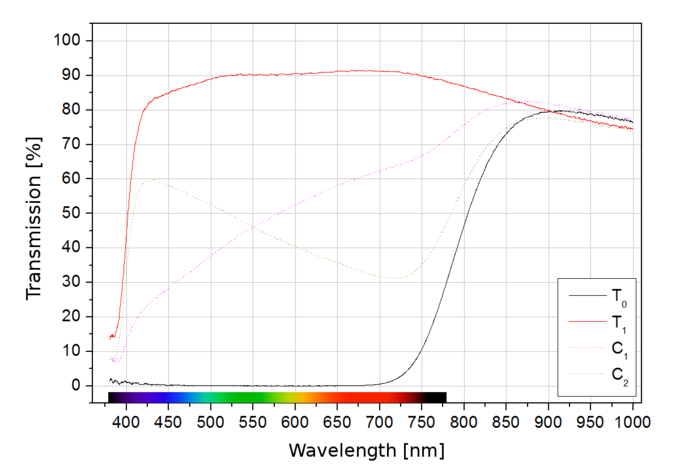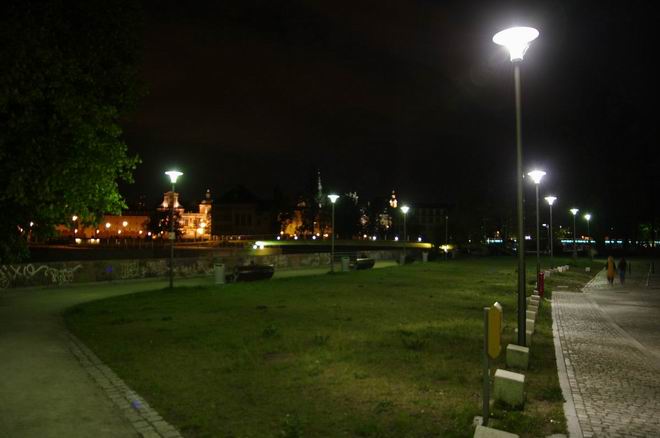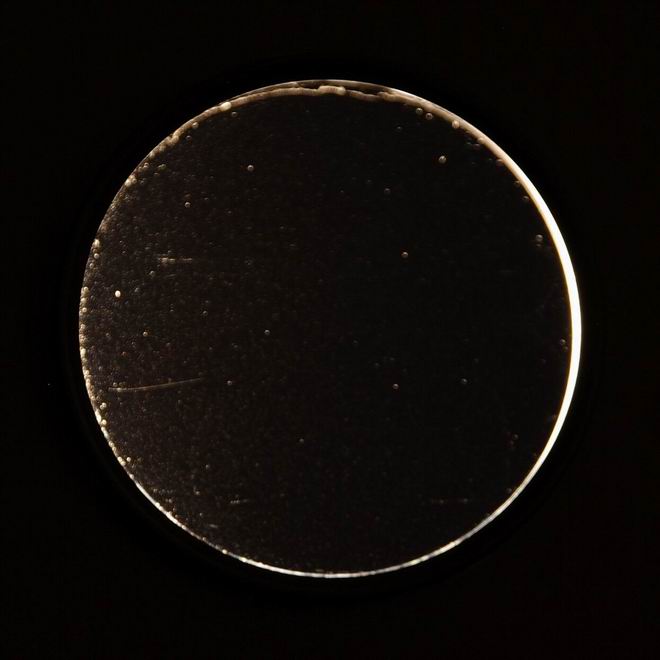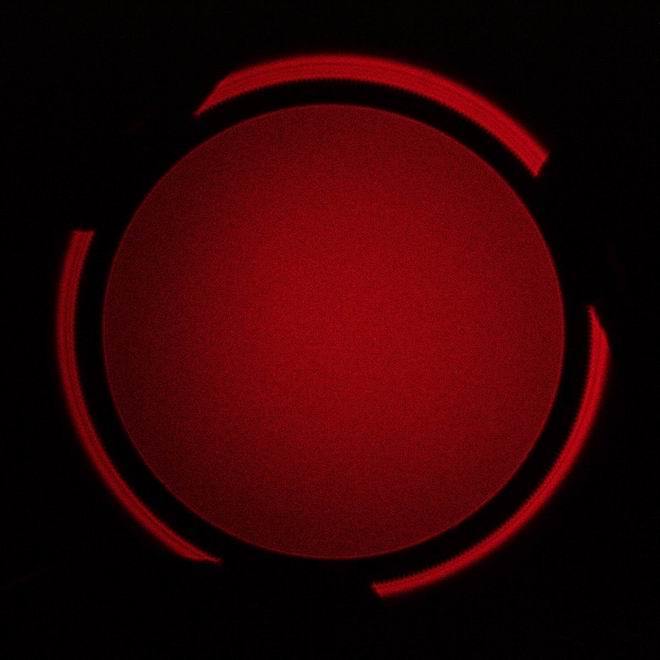Polarizing filters test 2015
18. Marumi EXUS Circular P.L
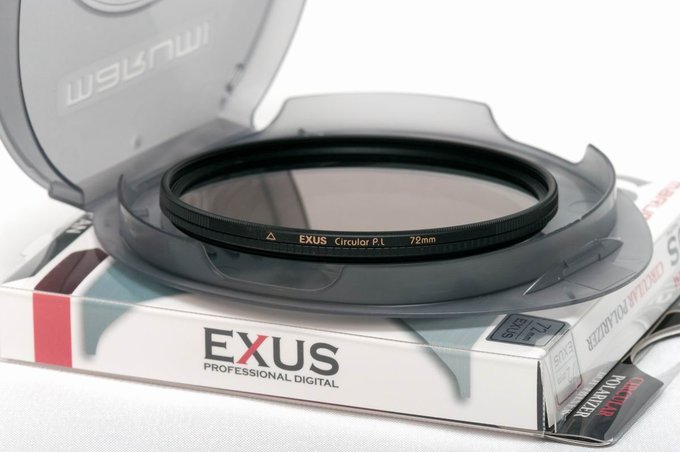 |
In our first test of polarizers the Marumi products fared exceedingly well, especially if you take into account their moderate price. Let’s see whether that result can be defended now by a new bunch of filters.
Please Support UsIf you enjoy our reviews and articles, and you want us to continue our work please, support our website by donating through PayPal. The funds are going to be used for paying our editorial team, renting servers, and equipping our testing studio; only that way we will be able to continue providing you interesting content for free. |
- - - - - - - - - - - - - - - - - - - - - - - - - - - - - - - - - - - - - - - - - - - - - - - -
Results of the test
Final score: 29.0 / 37.5 pts (77.3%)
- Overall ranking: 3rd place
- Econo-ranking: 14th place
Design, usage and summary
The fitler is composed of good quality rings and it turns with slight resistance. You can feel a bit of slack. The marker of the polarization’s azimuth doesn’t tally with the real values, differing by 5 degrees but such a deviation doesn’t make the work more difficult. Surfaces covered by broadband multi-coatings which are really hard to polish to perfection.A flat transmission graph can be observed for most of the visible spectrum with a slight decrease for blue colour (might cause a bit of warming of images). The extinction coefficient in the centre of the spectrum is good for a foil polarizer but a part of red and violet light passes through. In some unique cases it might cause purplish hue of damped down reflections but that effect should be marginal. The polarizer stops working in infrared very quickly, becoming translucent. A mean light transmission amounts to near 44% and is one of the highest in the test. If you add to that good optical quality you get a very deserved third place in our ranking.




